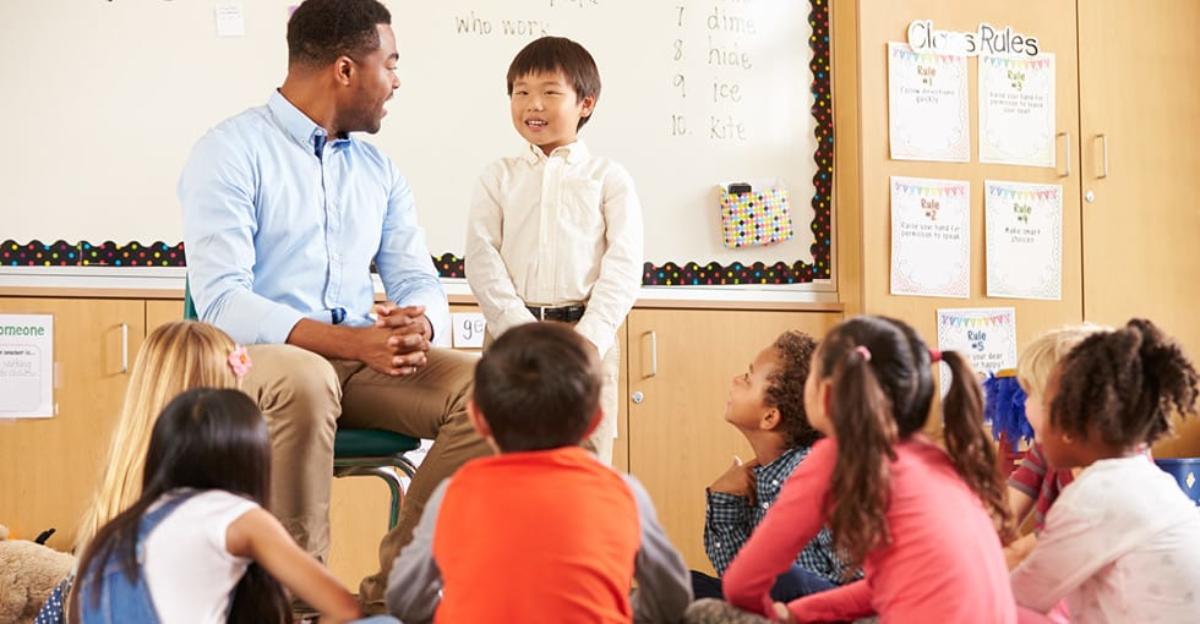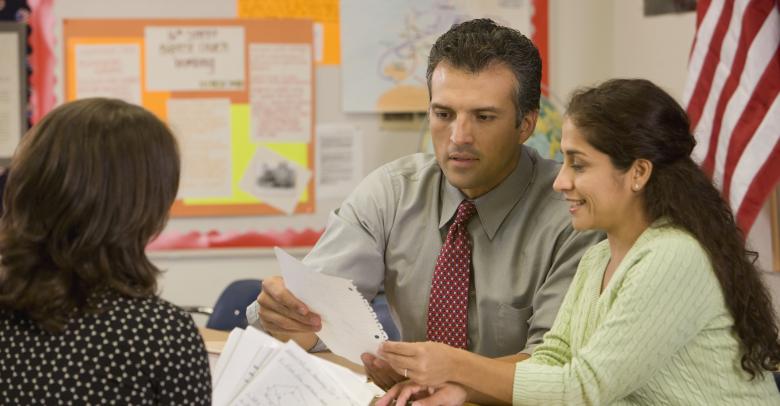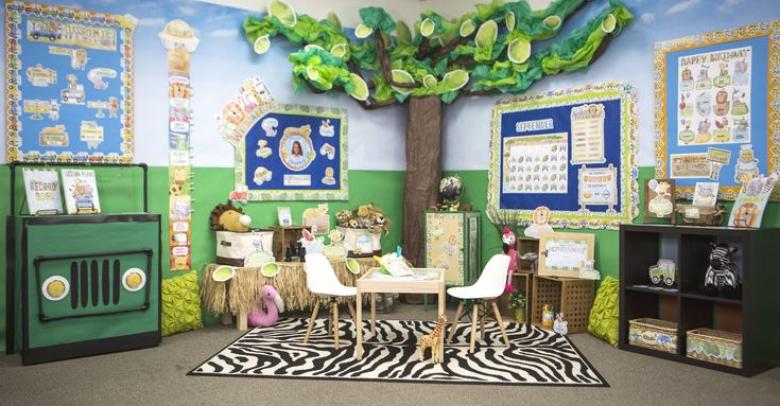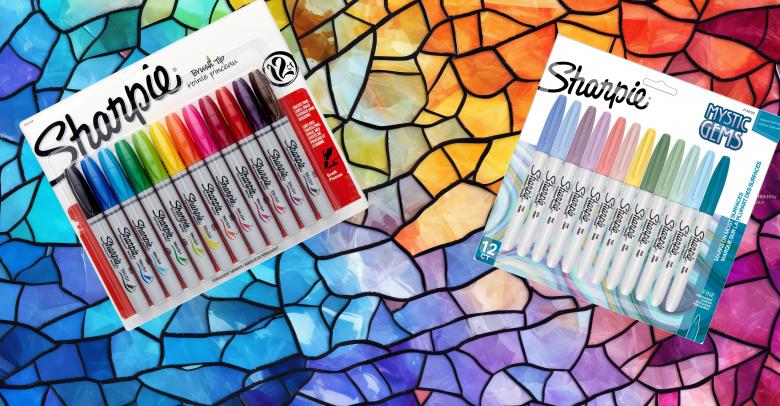You’ve had a restful, relaxing summer and are ready to get back into the swing of things for your fall classes. But how can you capitalize on all that summer fun your students had? How do you transition back into the school year without losing all that energy that kids bring on their first day? With a little thought and preparation, you can incorporate children’s summer energy and experiences into your first lessons in the school year.
Capitalize on summer excitement with story structure
Particularly for younger children, sharing what they learned over the summer is a great time to explore narrative writing and story structure. Use graphic organizers to scaffold how narrative stories work, let kids talk about their summer vacations, and start the school year off with happy memories and energy. Students can even turn their summer stories into shareable self-published books with story book kits. Younger children or art classes may also enjoy illustrating their stories. Requirements for older children may also include facets of narrative writing such as character development, dialog, or conflict. For a collaborative take, have children switch completed stories and identify and discuss the narrative elements they find in their partner’s work. This style activity has the added benefit of creating a classroom community and allowing students to share information about themselves and their interests with both the teacher and other students.
Summer show and tell
Let students share their interests and projects from the summer with the class by starting a summer show and tell. Even older children can get into this “throwback” activity with mementos or photos from family trips or time spent with friends. Have students select one or two special items or pictures to bring in and share with the class. This can be a perfect opportunity for students to share avenues of learning and their own interests. For a take off from this activity, allow students to use their newly shared interests as the basis for a self-study unit on topics of their choosing. For example, if a student shares a love of the history of your state after a trip in the summer, let them research more on the topic for a larger presentation later in the year. This style project allows students to develop inquiry skills, research skills, and still pursue their own interests.
With a little planning, teachers can use the energy and creativity of summer to inspire and jump start their lessons in the new school year. By capitalizing on student interests, teachers are sure to start the year with a great classroom relationship and a ton of focused energy.






Leave a Reply